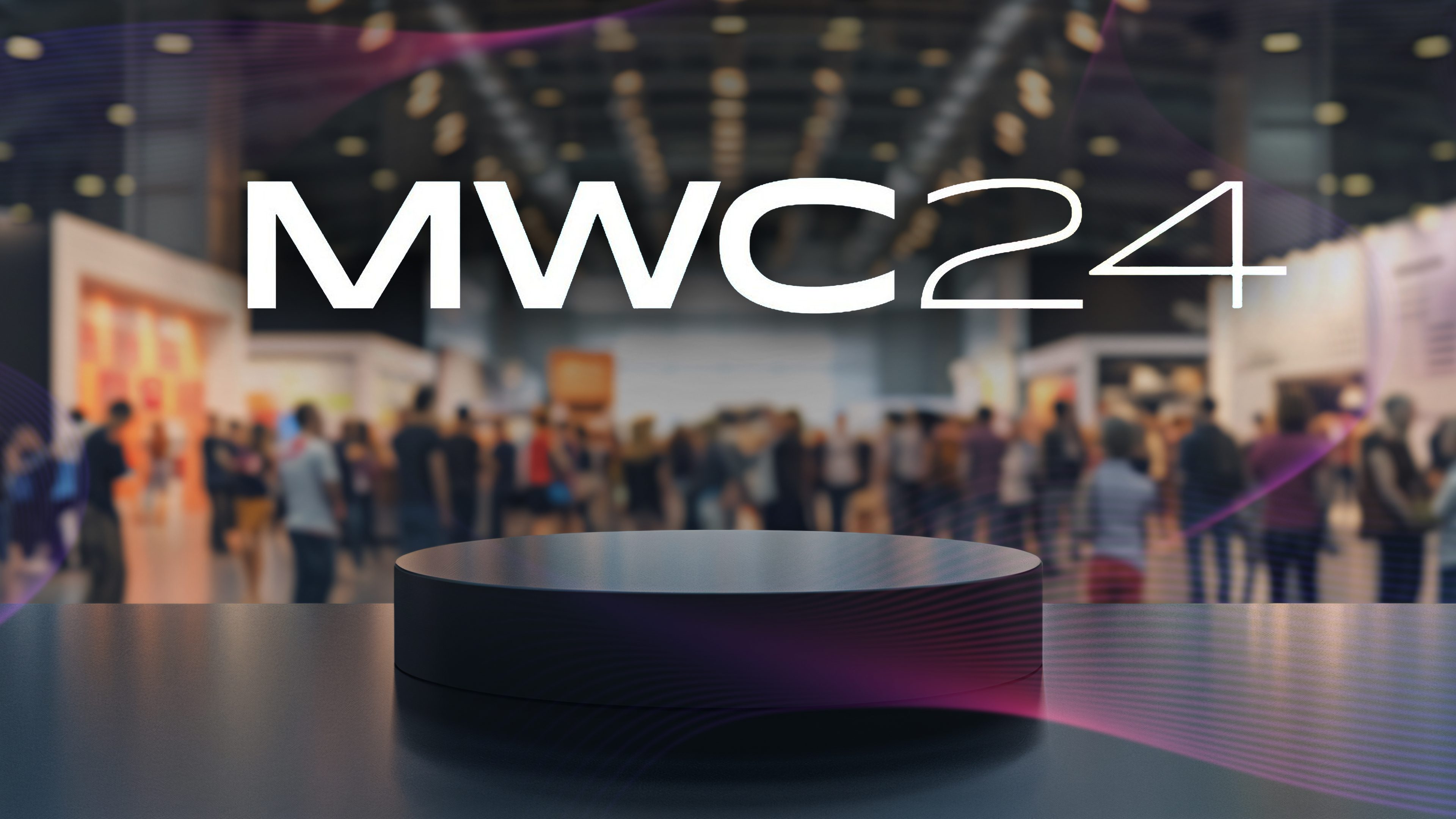
When I spoke to Camila and Stefan, who are both at the Mobile World Congress for us, before writing this article, I asked them for their impressions of the event. Camila quoted something along the lines of:
“It was a lot about AI, because AI is our future, and also the manufacturers were talking about AI, a bit about the future technology AI and also about AI”
Yes, it seems that almost every company had something to say about the important role artificial intelligence plays in their own product strategy and how innovative artificial intelligence improves their own products. Let’s not kid ourselves: Yes, artificial intelligence (AI) has indeed become an integral part of almost every area of our lives, but as editors we still have to take a close look at where truly innovative things are happening—and where “AI” is simply being used as a buzzword and marketing tool.
We have fought our way through this jungle of AI superlatives and exciting new products and are now presenting you with a clear overview of the ones that particularly caught our eye.
Smartphones at the MWC
For us at nextpit, the MWC is still a very important event because of the smartphones presented, even though many manufacturers prefer to hold their own launch events. Xiaomi simply does both and therefore traveled to Barcelona with heavy luggage. Many new products (including from the smart home and wearables sectors) were on board, but the Xiaomi line-up was led by the eagerly awaited Xiaomi 14 Series in Europe.
Xiaomi 14 and Xiaomi 14 Ultra
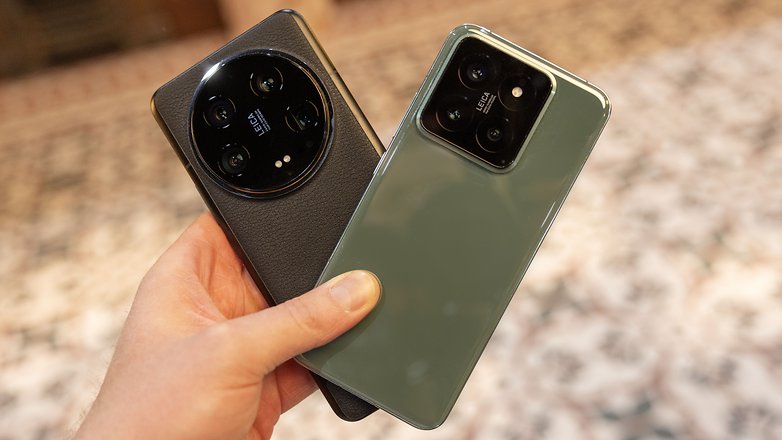
Specifically, the company presented the Xiaomi 14 and, above all, the brand-new Xiaomi 14 Ultra we already wrote some first impressions. As far as the new top model is concerned, we’ll have to wait a little longer for the detailed test. But it is becoming apparent that the Xiaomi 14 Ultra may even be able to keep the Samsung Galaxy S24 Ultra at bay. The Xiaomi 14 performs similarly in a direct comparison with the Galaxy S24(+), with the Xiaomis impressively proving that they can now compete at the premium class.
It is noticeable that Xiaomi has equipped all new flagship phones (including the Xiaomi 14 Pro, which is not available here and was also tested by us) with the Snapdragon 8 Gen 3, while Samsung’s flagship series only uses the flagship processor in the US.
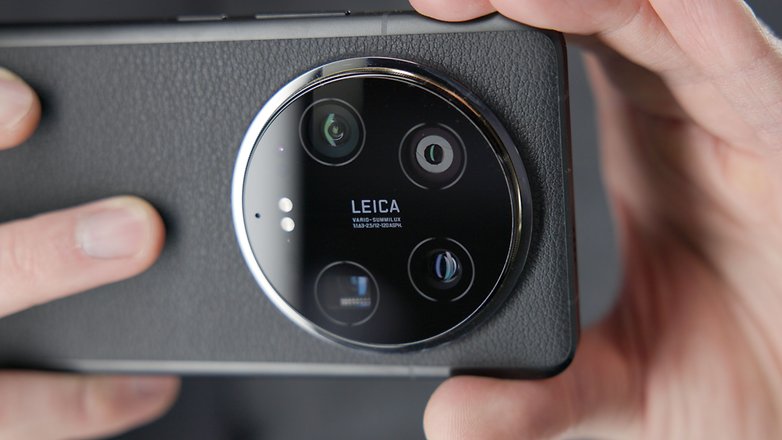
Xiaomi is highlighting its partnership with Leica very prominently for good reason and so the focus is on the main camera, especially on the Xiaomi 14 Ultra. Our colleague Stefan spoiled us that the new Sony LYT-900, which is used as the image sensor, represents a leap in quality compared to last year’s Xiaomi 13 Ultra.
The key data associated with this sensor of the new Sony generation: 1-inch sensor and 50 MP. So look forward not only to our final review of the Xiaomi 14 Ultra, but also to our additional camera test!
Honor Magic 6 Pro
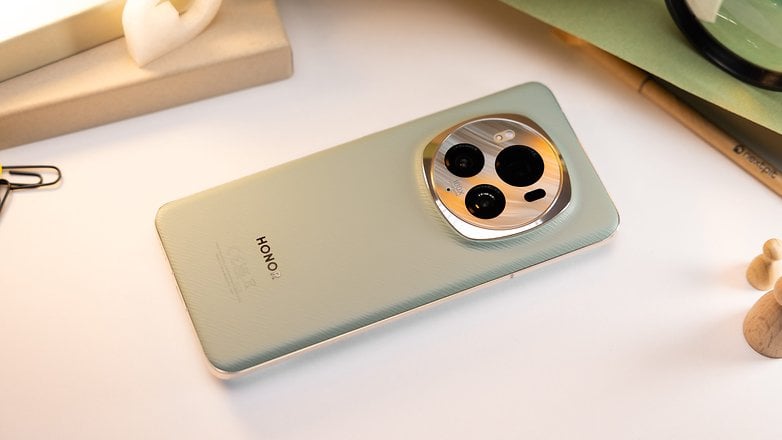
The Honor Magic 6 Pro, another premium smartphone from China, also traveled to the M’WC. Honor is asking a bold 1,299 euros for the device (approx. 1400 USD), which seems quite reasonable. After all, the device is powered by a Snapdragon 8 Gen 3, offers 12 GB of RAM and 512 GB of storage plus an ample 5,600 mAh battery, which can also be charged really quickly at 80 W (60 W wireless).
However, two other points make the Magic 6 Pro truly “magical”: We’ll come to the new MagicOS 8.0 later, but we have to address the cameras directly. Similar to Xiaomi, Honor relies on consistency and does not install a single camera sensor below 50 MP at the front or rear.
However, the periscope telephoto camera (with 2.5x optical zoom, 100x digital magnification) stands out here with an astonishing 180 MP. Camila was of course unable to test the camera extensively in her hands-on, but already seems very impressed.
Energizer Hard Case P28K

However, it wasn’t just high-end smartphones that made their debut at MWC, but also more niche products that still managed to impress— smartphones like the Energizer Hard Case P28K launched in Barcelona. It’s not just the name that is bulky, as the phone weighs over 500 grams and is also three times as thick as a standard smartphone. The otherwise rather clearly equipped device focuses on battery life and therefore installs a big 28,000 mAh battery!
This means you can make calls for a whole week and achieve an absurd standby time of 94 (!) days. You can also use it as a power bank to charge other smartphones. The specs place the device in the lower mid-range, but it is certified to military standards and is dust and waterproof to IP69—making it the perfect companion if you’re heading off for a weekend in the countryside
If you want to get your hands on this beast, you’ll have to be patient: It should be available worldwide in October for around 250 euros (approx. $270).
Nubia Flip
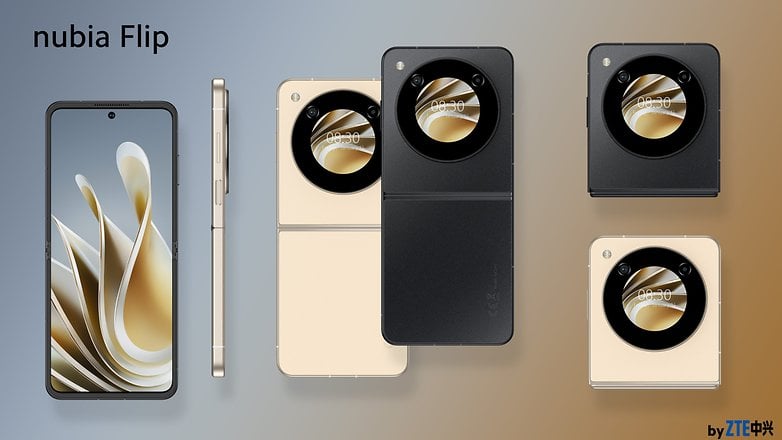
We are sticking with affordable smartphones, even though the foldable smartphone product category is not usually known for its low prices. Nubia is taking a slightly different approach with its pragmatically named Nubia Flip foldable and will be offering the device for just 599 US dollars. If the foldable smartphone is also available in Europe for this price, it would certainly be exciting for many people who have always had their eye on such a foldable.
Speaking of the eye: On the outside, there is an exciting circular display that is reminiscent of a smartwatch. You can use this porthole as a camera viewfinder and also receive notifications there. When opened, the iNubia Flip is 6.9 inches in size and comes with mid-range features: Snapdragon 7 Gen 1, 6 GB of RAM, and 128 GB of storage.
A 4,310 mAh battery that can be charged with up to 33 W is also mentioned. We are looking forward to the price and hope that Nubia will set it as low as it announced and also meet the availability date, which is given as the end of May.
Wearables at the MWC 2024
The MWC is also always a wearables mecca, and the Samsung Galaxy Ring was the device that caught our eye most of all, but we haven’t been given much information about it yet. But there’s also a lot going on with Wear OS watches.
OnePlus Watch 2
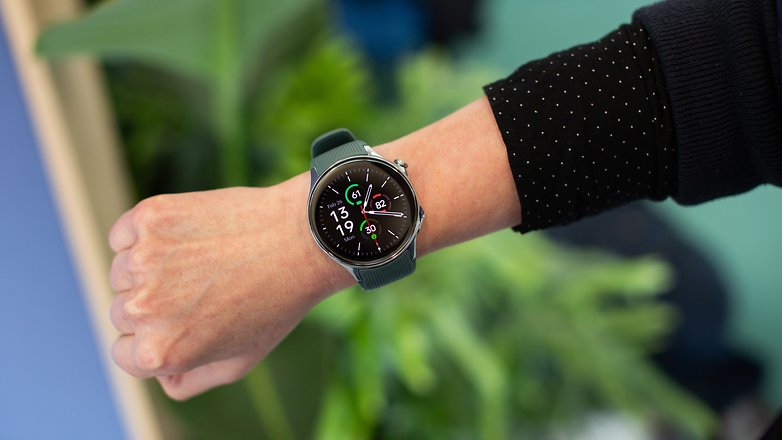
The first watch from OnePlus didn’t really knock anyone’s socks off, but with the OnePlus Watch 2, the Chinese company wants to do a lot better than the first attempt. However, colleague Camila Rinaldi noticed a few unpleasant things during her hands-on with the OnePlus Watch 2: There’s no way to track menstrual cycles, for example, and it’s quite chunky and massive, so those with thinner wrists may not be the target market.
Apart from that, however, the first impression seems to show us a Wear OS smartwatch that is quite convincing and, thanks to its dual-engine architecture, not only optimizes the battery life of the OnePlus Watch 2, but could also help Google in general with its battery problems with Wear OS smartwatches.
From March 4, the watch will start shipping at $300, but if you click on Camila’s hands-on, you can find out how this price can be reduced to a fair $250. You can already order the OnePlus Watch 2 now:
Samsung Galaxy Ring
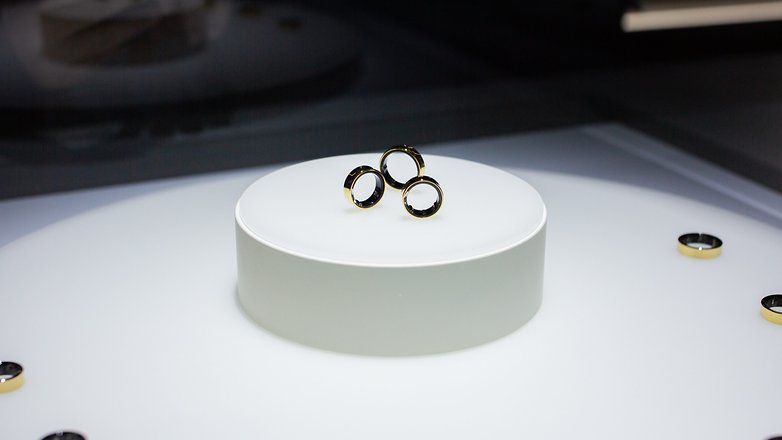
The most discussed wearable at the MWC was undoubtedly the Samsung Galaxy Ring. This is all the more remarkable as the rings, which were exhibited behind glass, were presented with virtually no accompanying information. So Samsung is being secretive, only letting us look at the Galaxy Ring, not touch it, and only revealing that there will probably be nine different sizes and three color options: black, gold, and silver.
How much will the ring cost? How much will it cost? What will it be able to do? How many unspeakable articles with hackneyed “Lord of the Rings” references will there be? All questions that we will only get answers to later. But never mind, since the MWC we’ve also been sitting on the Galaxy Ring hype train waiting for more information.
Artificial intelligence at MWC 2024
AI was EVERYWHERE at MWC 2024 so far and this will undoubtedly not change by the end of the trade fair. “Artificial intelligence” is a buzzword, the all-purpose marketing weapon of pretty much every company and the industry’s beacon of hope all rolled into one.
No one really introduced any product without pointing out that it benefits from artificial intelligence. Sometimes it’s just a bullshit bingo card, sometimes really exciting and innovative, often something in between. We present a few exciting approaches that we came across at MWC.
Qualcomm AI Hub
Qualcomm is anything but a new player in the AI game. Nevertheless, the US company is now trying to climb to the next level—with the Qualcomm AI Hub presented at MWC. This is a platform that can draw on a library of over 75 different AI models, including Llama and Stable Diffusion. These models are all certified for the various Qualcomm platforms, which include not only mobile devices, but also cars, desktop computers, and more.
Whether it’s speech recognition, image generation, or any other general AI model, Qualcomm makes it easier for developers to use these models and then optimizes them for use in the respective hardware.
Honor MagicOS 8.0
MagicOS 8.0 is basically the overlay that is based on Android 14, as we know it from other smartphone manufacturers. In this case, however, Honor really wants to integrate AI functions deeply into the system and confidently refers to Magic OS 8.0 as the first “intent-based UI”, i.e. software that contextually suggests exactly what helps you or what you need on your smartphone. Honor speaks of an “on-device model”, which goes by the name of MagicLM and works with 7 billion parameters.
The catch is that the fun can’t be used yet and we therefore have to rely on everything that Honor so enthusiastically announces. We’ll find out later whether this actually has added value, is just a gimmick, or even just a promotional event for the company.
AI update for Amazfit smartwatches
When you hear “Zepp Health”, it doesn’t ring a bell for many people, but most people who are interested in the “Amazfit” brand will know what it means. The manufacturer of Amazfit fitness trackers and smartwatches launched a new operating system called “Zepp OS 3.5” in Barcelona.
This software update brings a range of new functions to compatible devices, with the new AI-supported “Zepp Flow” being particularly noteworthy. Based on a Large Language Model (LLM), we will receive improved voice assistance that will enable natural conversations and operations on Amazfit watches.
Practical (or creepy, your mileage may vary): You can initiate these actions or conversations without pressing a button, or waking up the AI with speeches like “Hey Google” on Wear OS devices.
This should be super convenient if you want to make spontaneous appointments, check your pace while running, and much more. The Amazfit Balance will benefit from the update immediately if you live in the USA, Canada, Great Britain or Ireland – the rest will have to wait until May 1.
… And what else …?
Let’s come to the end with a few MWC snippets that we don’t want to withhold from you. You should definitely take a look at the transparent notebook from Lenovo. I’m still pondering what advantage I personally would get from such a transparent display on a notebook. If you can think of anything, please let me know in the comments.
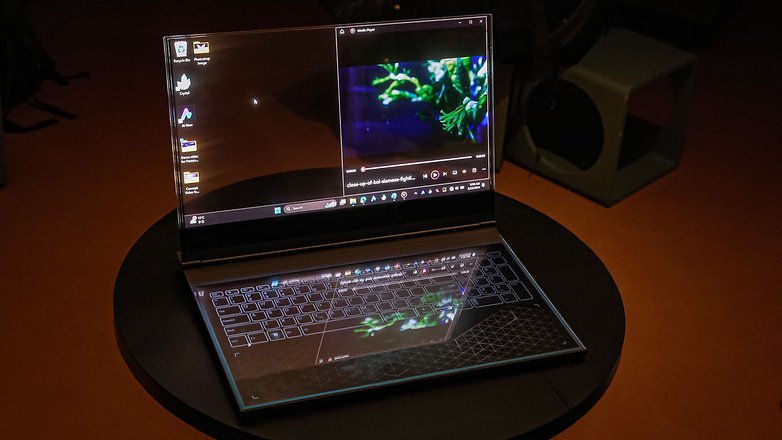
Not really there yet, but at least a really unusual partnership between the smartphone manufacturer and Mattel has been announced. The two want to launch a Barbie flip phone, although this is most likely to be a feature phone. Immediately after finding answers about the transparent notebook, I’ll start thinking about what a Barbie phone is good for.
The rest of what I want to talk about here at the end is actually only marginally related to tech innovations and more to the observations of my colleague Camila. At one point, she noticed that MWC was a more “masculine” event than she remembered. I thought we had left behind the time when female tech journalists had exotic status in a male domain. Seems like that’s still something the industry needs to address—or rather, the trend is regressing again after the Corona times.
The other observation also has to do with us, the writing guild: Camila has repeatedly followed conversations that were not only about AI as a future technology, but also about AI as a concrete threat to us journalists. Let’s not kid ourselves: In a year or two, nobody will have to pay me to throw together a few specs and tell you that you can buy smartphone A with Snapdragon B for price C.
Anyone who only writes such rather generic articles should really change their mind quickly. At least that’s what I’m doing and I’m thinking about how we can inform you, offer you added value and, at best, tell you exciting stories from the tech world that an AI can’t offer at this level so quickly.
You can tell me in the comments how you imagine modern tech journalism in an AI-supported world – and of course we are looking forward to your opinions and your personal MWC highlights.






